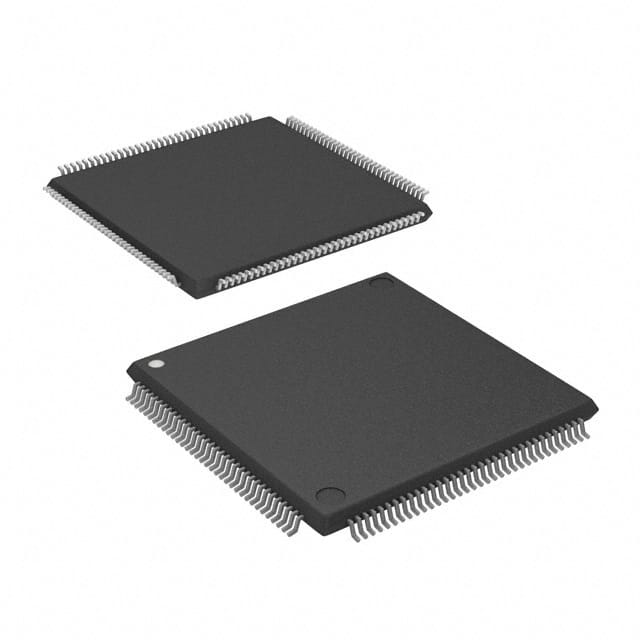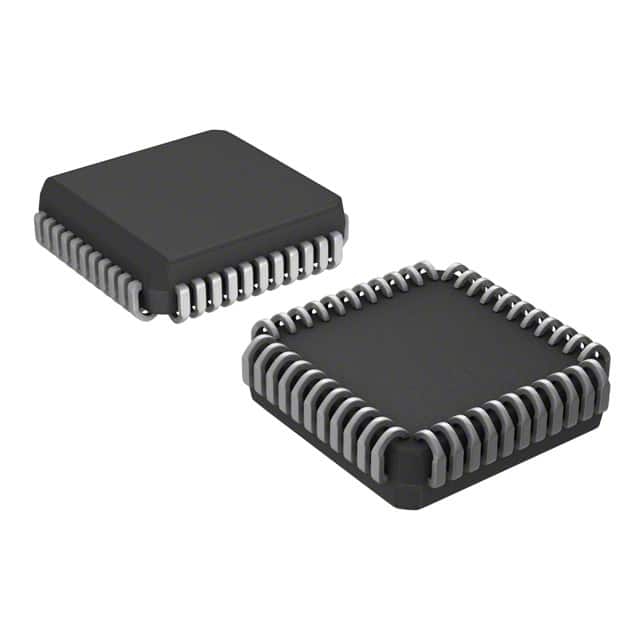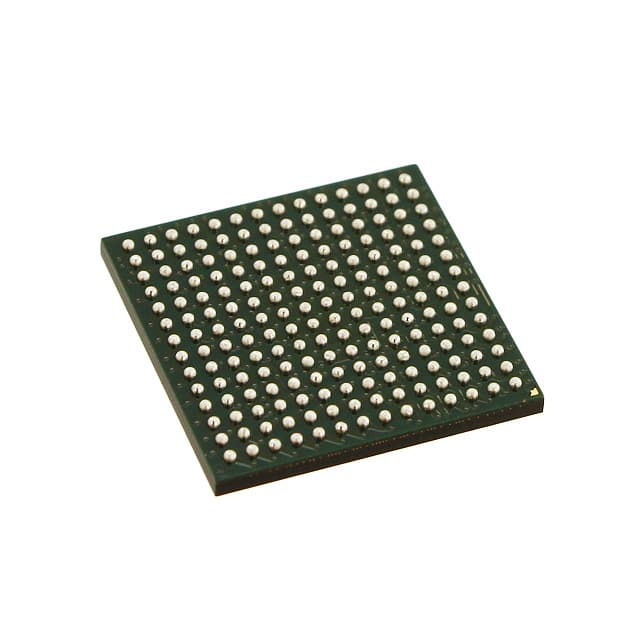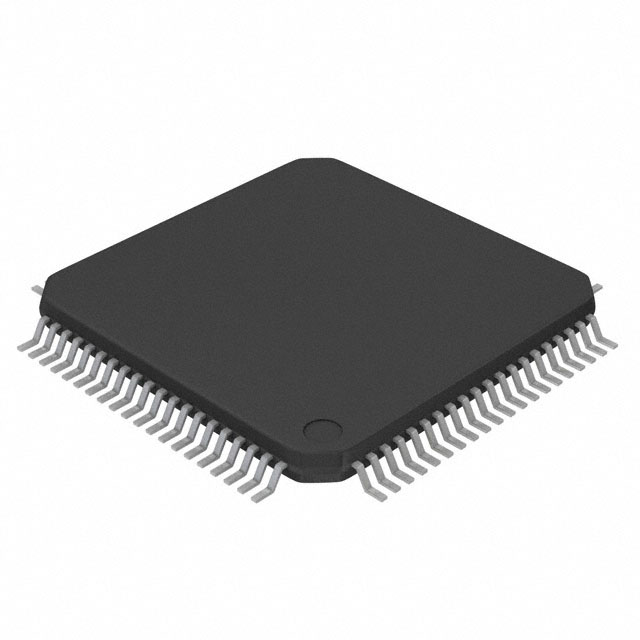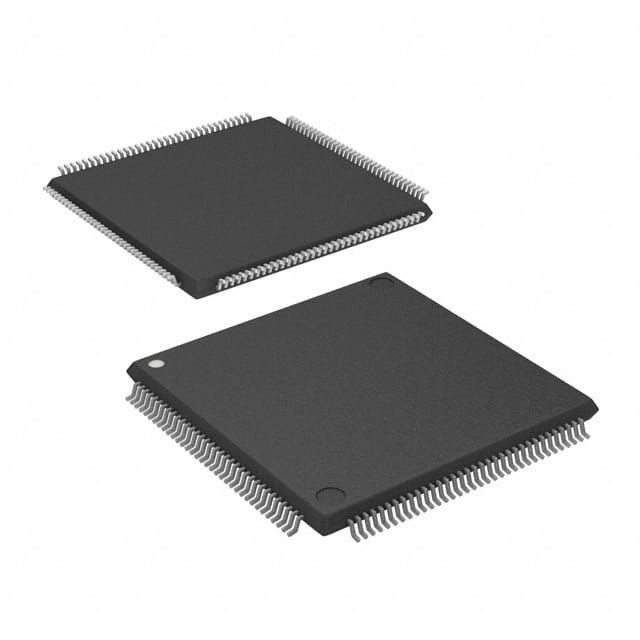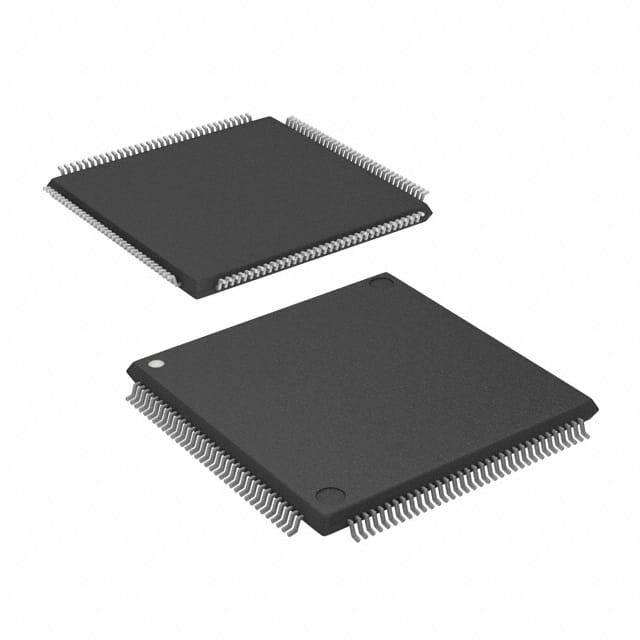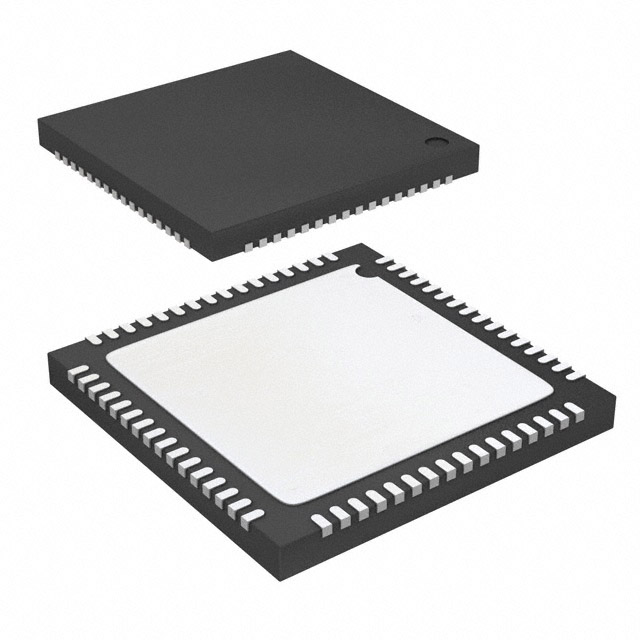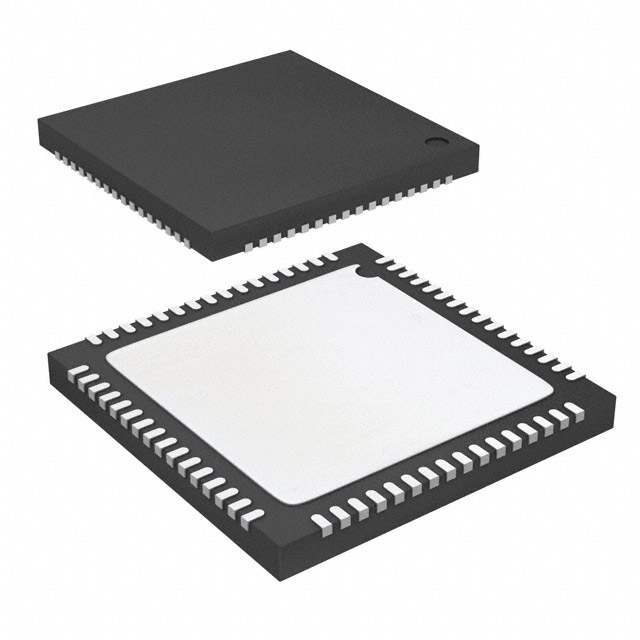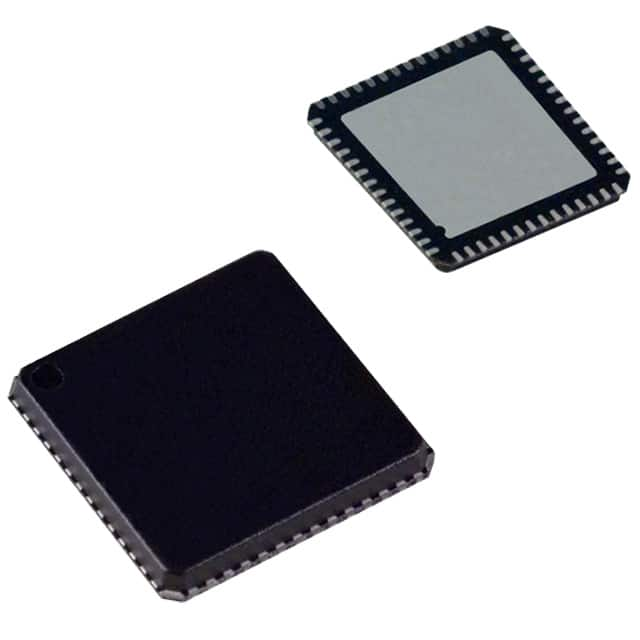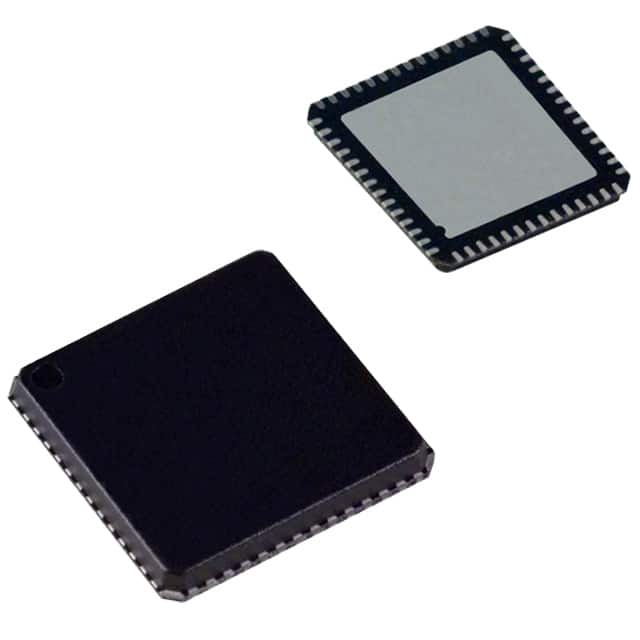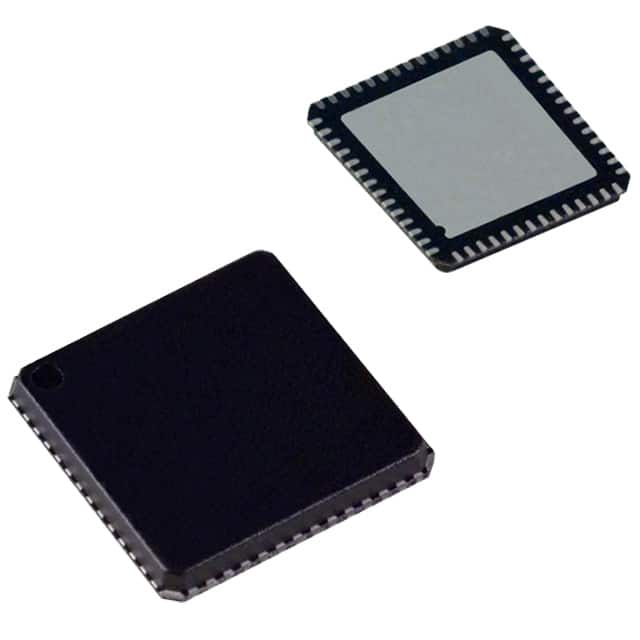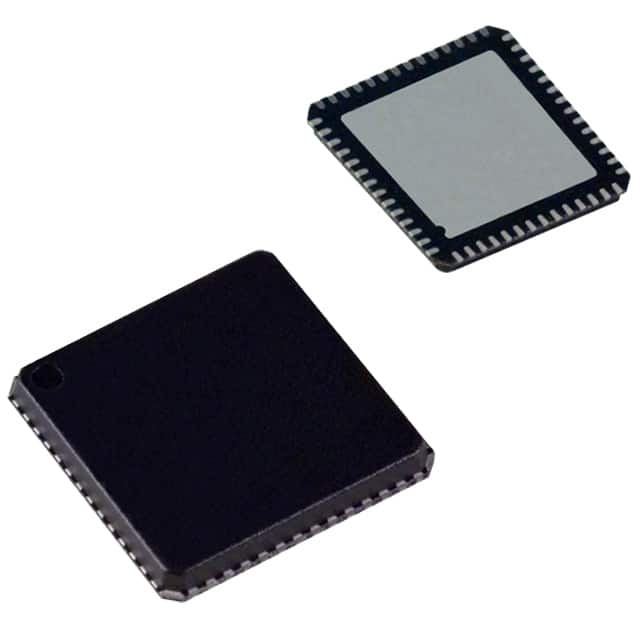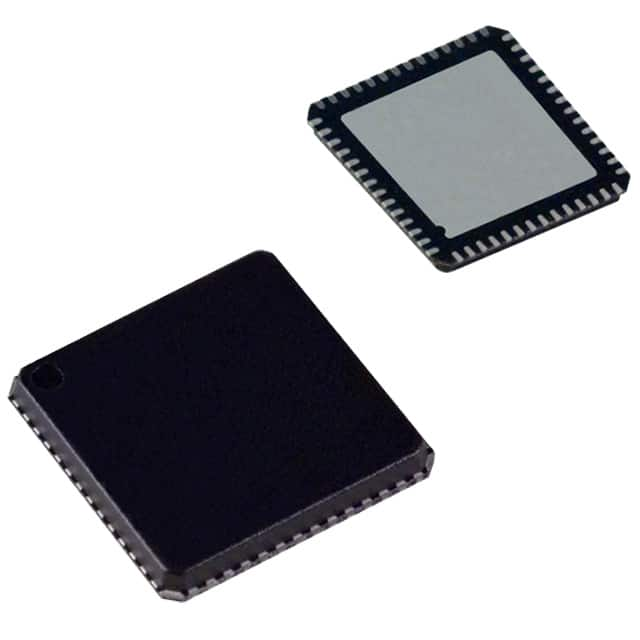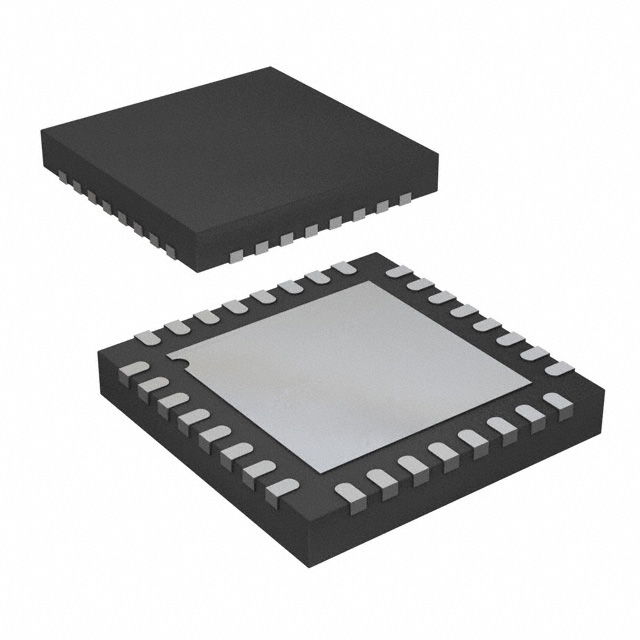ADUC7020BCPZ62 Product Introduction:
Analog Devices Inc. Part Number ADUC7020BCPZ62(Embedded - Microcontrollers), developed and manufactured by Analog Devices Inc., distributed globally by Jinftry. We distribute various electronic components from world-renowned brands and provide one-stop services, making us a trusted global electronic component distributor.
ADUC7020BCPZ62 is one of the part numbers distributed by Jinftry, and you can learn about its specifications/configurations, package/case, Datasheet, and other information here. Electronic components are affected by supply and demand, and prices fluctuate frequently. If you have a demand, please do not hesitate to send us an RFQ or email us immediately sales@jinftry.com Please inquire about the real-time unit price, Data Code, Lead time, payment terms, and any other information you would like to know. We will do our best to provide you with a quotation and reply as soon as possible.
Introducing the Analog Devices Inc. ADUC7020BCPZ62, a cutting-edge microcontroller designed to revolutionize the world of embedded systems. Packed with advanced features and unparalleled performance, this microcontroller is set to redefine the boundaries of innovation.
The ADUC7020BCPZ62 boasts a powerful 32-bit ARM7TDMI core, operating at a clock speed of up to 62.5 MHz. With 128 kB of flash memory and 8 kB of SRAM, this microcontroller offers ample storage space for your applications. Its integrated peripherals include a 12-bit ADC, UART, SPI, and I2C interfaces, enabling seamless connectivity with external devices.
This microcontroller is specifically designed for a wide range of applications, making it a versatile choice for engineers and developers. Its high-performance ADC allows for precise analog-to-digital conversion, making it ideal for sensor-based applications such as industrial automation, medical devices, and environmental monitoring systems. The ADUC7020BCPZ62's robust communication interfaces enable seamless integration with various communication protocols, making it suitable for applications in the Internet of Things (IoT) and smart home automation.
With its low power consumption and advanced power management features, the ADUC7020BCPZ62 is also well-suited for battery-powered applications, such as portable devices and wearable technology. Its compact size and easy-to-use development tools further enhance its appeal, allowing for rapid prototyping and efficient product development.
In summary, the Analog Devices Inc. ADUC7020BCPZ62 is a game-changing microcontroller that combines high performance, versatility, and power efficiency. Whether you're working on industrial automation, IoT, or portable devices, this microcontroller is the perfect choice to take your projects to the next level.
Microcontroller is a kind of single chip micro controller, it is an integrated circuit (IC) used to central processing unit (CPU), read-only memory (ROM), random access memory (RAM), input/output (I/O) ports and timer and serial communication interface and other peripheral equipment. The main role of the microcontroller is as a control unit, responsible for receiving input signals, processing data, executing instructions and generating output control signals. Its function in the electronic system is similar to that of the brain, which can respond accordingly to programmed instructions and changes in the external environment.
Application
Microcontroller application field is extremely wide, almost covers all aspects of modern science and technology. In the field of industrial automation, microcontrollers are used for motor control, sensor data acquisition and automation equipment control, significantly improving production efficiency and product quality. In the field of smart home, smart door locks, smart lighting, smart home appliances and other equipment can not be separated from the support of microcontrollers, to achieve remote control and automatic management of equipment. In addition, microcontrollers are also widely used in the Internet of Things, automotive electronics, consumer electronics, medical equipment and other fields, becoming an important force to promote scientific and technological progress.
FAQ about Embedded - Microcontrollers
-
1. What is the difference between Arduino and Embedded C?
The main differences between Arduino and Embedded C are their application scenarios, development difficulty and hardware design. Arduino is more suitable for rapid prototyping and teaching, while Embedded C is suitable for scenarios that require high performance and professional applications.
Arduino is an open source hardware platform mainly used for rapid prototyping and teaching. It uses high-level programming languages such as C++ and provides an easy-to-use development environment, allowing beginners to quickly get started and implement projects. In contrast, embedded C is often used in high-performance and professional application scenarios, such as industrial control, automotive electronics and other fields. Embedded C programming usually involves low-level hardware knowledge and more complex programming skills. The language used may be C or C++, but memory and hardware resources need to be managed manually.
-
2. What is the difference between an embedded MCU and a PLC MCU?
The main difference between an embedded MCU and a PLC MCU is that their application fields, system architectures, and programming methods are different.
Although both embedded MCUs and PLC MCUs involve MCU technology, their application fields are significantly different. Embedded MCUs are mainly used in non-industrial fields such as consumer electronics, automobiles, aerospace, etc. They emphasize high specificity and flexibility and can be customized according to specific needs. PLC MCUs are mainly used in industrial automation control fields, such as electricity, petroleum, chemical industry, machinery manufacturing, etc. The original design intention is to adapt to complex industrial environments and have strong stability and reliability.
In terms of system architecture, embedded MCUs usually have fixed hardware and software configurations, are designed and developed for specific applications, and hardware and software are tightly integrated to form a complete system. PLC MCUs are based on a modular architecture, and different modules can be added to achieve different functions. Both hardware and software are standardized, which is convenient for users to select and configure.
In terms of programming language, embedded MCUs are usually programmed in high-level programming languages such as C and C++. These programming languages have powerful functions and flexibility and can meet complex programming needs. PLC MCUs are mainly programmed in ladder diagram language. This graphical programming method is simple and easy to understand, which is convenient for users to get started quickly. In addition, it also supports some text programming languages, such as instruction lists and structured text.
-
3. What language is used for embedded microcontroller programming?
The main languages used for embedded microcontroller programming include C, C++, assembly language, Python and Rust. These languages have their own characteristics and are suitable for different development needs and scenarios.
C is one of the most commonly used languages in embedded development. It has the advantages of high efficiency, flexibility, and strong portability. It can directly operate hardware and is suitable for low-level driver development, kernel programming, etc. C++ is used in complex embedded systems and adds object-oriented features, which is suitable for the development of large applications. Although assembly language is difficult to learn and write, it is indispensable in scenarios that require high optimization and direct control of hardware. Python is easy to learn and use, and is often used in data processing, prototype development, and rapid testing. Rust is gradually gaining attention in the embedded field due to its memory safety and high performance, especially in applications with high security requirements.
 Lead free / RoHS Compliant
Lead free / RoHS Compliant












